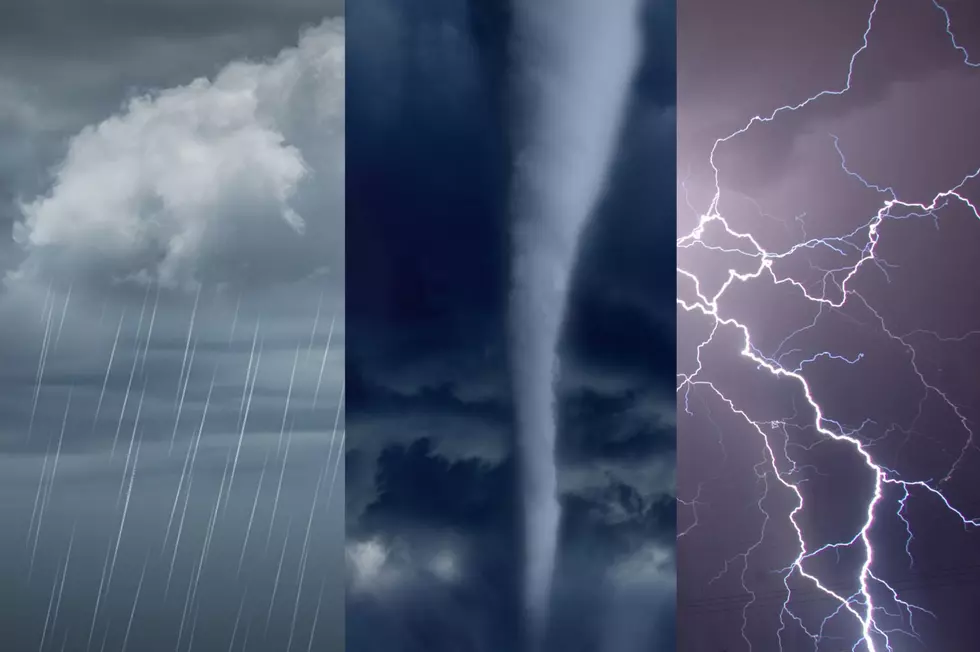
Forecasters Warn Valentine’s Day Could Gift Binghamton With a Big Snowstorm
I was born in the middle of a snowstorm and have yet to experience a birthday without snow, so it would make sense that some meteorologists are predicting that there could be a significant snowstorm on my birthday - Valentine's Day.

Valentine's Day, by the way, is Monday, February 14, and meteorologists with AccuWeather are keeping a close eye on a winter storm that is still in the infancy of its development. However, just a slight change in wind conditions could mean big dumping on the Southern Tier.
I particularly enjoy the way AccuWeather worded that its meteorologists are keeping a watch on a "new blast of Arctic air and a potential winter storm along the East Coast that may spawn from later this weekend into early next week."
If you're a bit taken by the news that there is some chance for a Valentine's Day snowstorm, I was also. I was under the belief that temperatures would remain mild and in reality, today and Saturday look lovely for this time of year with highs each day in the upper 40s. But then, the bottom drops out on Sunday according to AccuWeather.
The high on Sunday will only be a chilly 19 degrees and it will dip even lower on Monday, Valentine's Day, to a bone-chilling 15 degrees. This is where everything begins to find itself up in the air. AccuWeather meteorologists think that the drastic change in temperatures could be what tips the store they're monitoring into a pretty big weather event.
At this time, it is too early to toss out snowfall total predictions but this snow-loving girl would not complain if just for one day, my birthday, we saw feet of snow.
As we are well aware, winter weather in the Northeast is more unpredictable than our politicians and things can, do, and will regularly change in a blink. To stay on the safe side, it might not be a bad idea to keep your shovels handy until the end of March at the very least.
KEEP READING: Get answers to 51 of the most frequently asked weather questions...
LOOK: The most expensive weather and climate disasters in recent decades
More From 98.1 The Hawk









